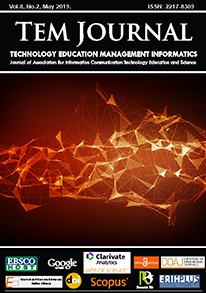A New Technique for Utility-Class Detection in Object-Oriented Software
A New Technique for Utility-Class Detection in Object-Oriented Software
Author(s): Thamer Al-Rousan, Hasan AbualeseSubject(s): ICT Information and Communications Technologies
Published by: UIKTEN - Association for Information Communication Technology Education and Science
Keywords: Utility Classes; Dynamic Coupling Analysis; Software Comprehension; Object-Oriented Software;
Summary/Abstract: Understanding a very large execution trace is not a simple task due to the complexity of typical traces. Detecting and removing utilities is beneficial in that it decreases the size and complexity of the trace and will make the software comprehension process easier. This study concentrates on detecting utility classes from an execution trace of object-oriented software and removing them. To achieve this goal, two novel utility detection class metricsare proposed to determine the extent that a certain class can be counted as a utility class. These detection metrics mainly depend on dynamic coupling analysis to address object-oriented features such as polymorphism and late binding. A case study was conducted to demonstrate the effectiveness of the proposed technique where the results in this case study conform to the results in earlier studies. In addition, the case study demonstrates the practical usefulness of proposed technique which shows that, when 10%, 20% and 30% of total classes are excluded, the final execution trace size is reduced by 41%, 63% and 90% of its original size respectively.
Journal: TEM Journal
- Issue Year: 8/2019
- Issue No: 2
- Page Range: 354-363
- Page Count: 10
- Language: English

